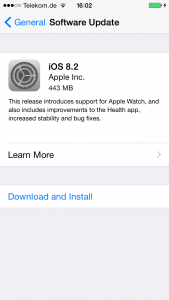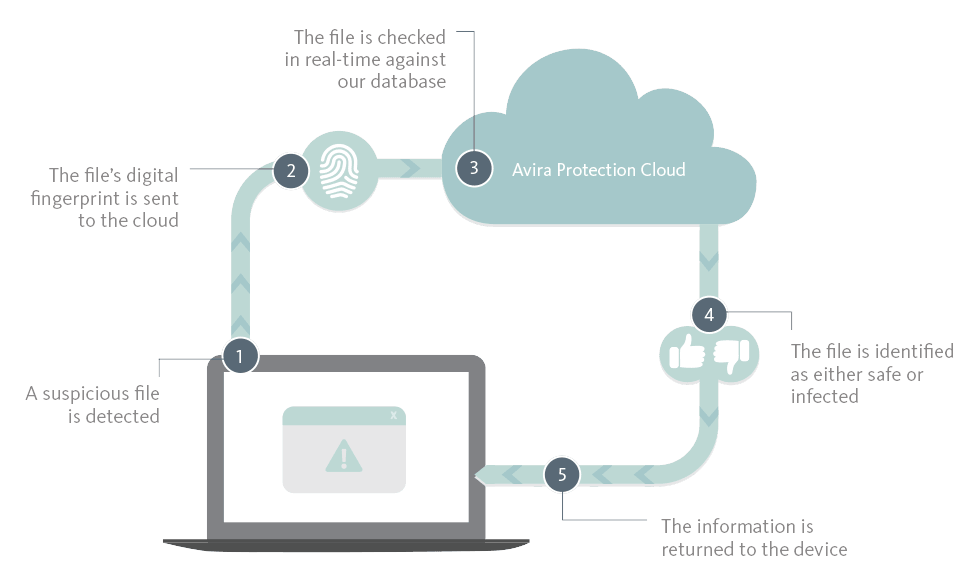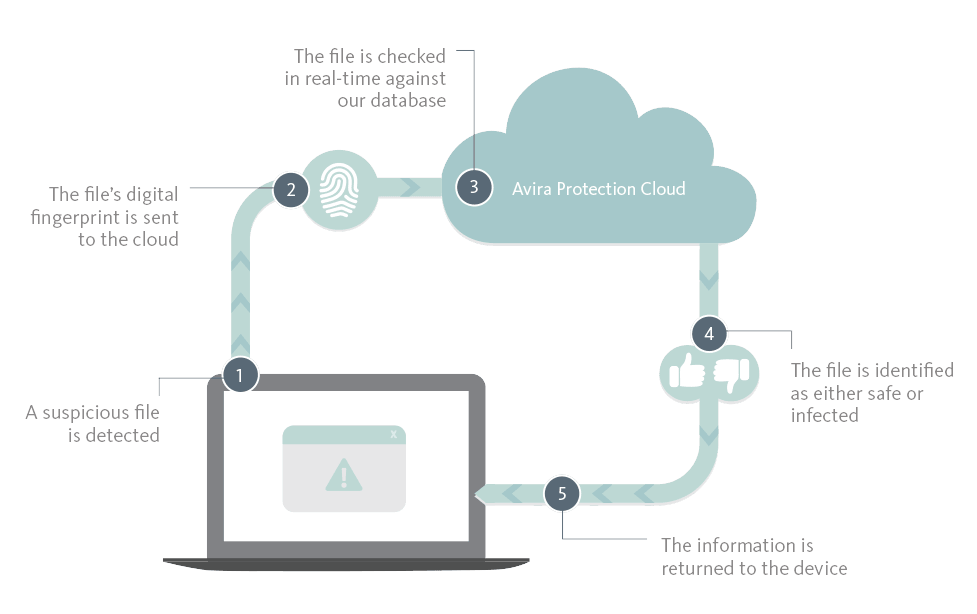Our team is excited to announce the release of Android Optimizer, a FREE mobile version of our PC optimization tool you already know called System Speedup. The app dramatically enhances your smartphone’s speed and performance in three easy steps: Analyze – Clean – Optimize. Our new app can be used not only to remove junk files but also to identify all previously installed apps threatening to slow down the device.
Android Optimizer excels at boosting the overall performance of smartphones and tablets through a powerful set of key features. You can access the app to safely remove sensitive data from the device, delete browsing and calls history and, consequently, improve the stamina of the battery. Another important advantage for Android users is that they will be able to benefit from more space for photos, videos and other apps.
Key Features
- One Tap Boost: automatically cleans up junk files and frees up memory, without any data loss.
- Memory Optimizer: shows a list of all active processes, their memory footprint, and enables the user to terminate the unwanted ones.
- Application Manager: lists all current installed apps, their storage footprint, and enables the user to uninstall the unwanted ones.
- Junk Cleaner: scans for and lists potentially useless files that fill up the storage on the device, including caches, duplicate files, large files and APK files (Android app kits).
- Privacy Cleaner: Empowers the user to wipe sensitive data off their phones (browser history, call logs, clipboard data, Facebook cache, messenger cache, WhatsApp cache,…)
“Smartphones are the new feature phones if we look at the sales volume of these devices. Unfortunately, one year later to the purchase, Android devices tend to be technically obsolete. We decided to jump in and fix this problem, by making it easier for users to understand the background actions of their apps and empower them to optimize their devices with one tap”, said Andrei Petrus, Product Manager of Avira.
“We put together all the key features required to make any Android device feel as good as new.
This comes on top of the best-in-class antivirus protection that our Mobile Security solution offers to the world”.
Download it now: http://www.avira.com/en/avira-android-optimizer/
The post Avira Launches Android Optimizer appeared first on Avira Blog.



